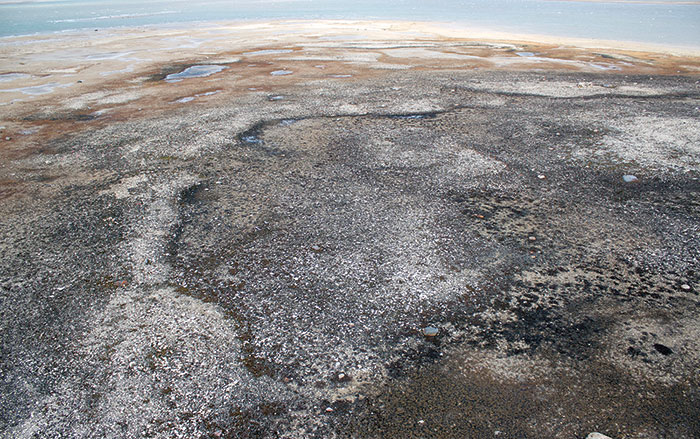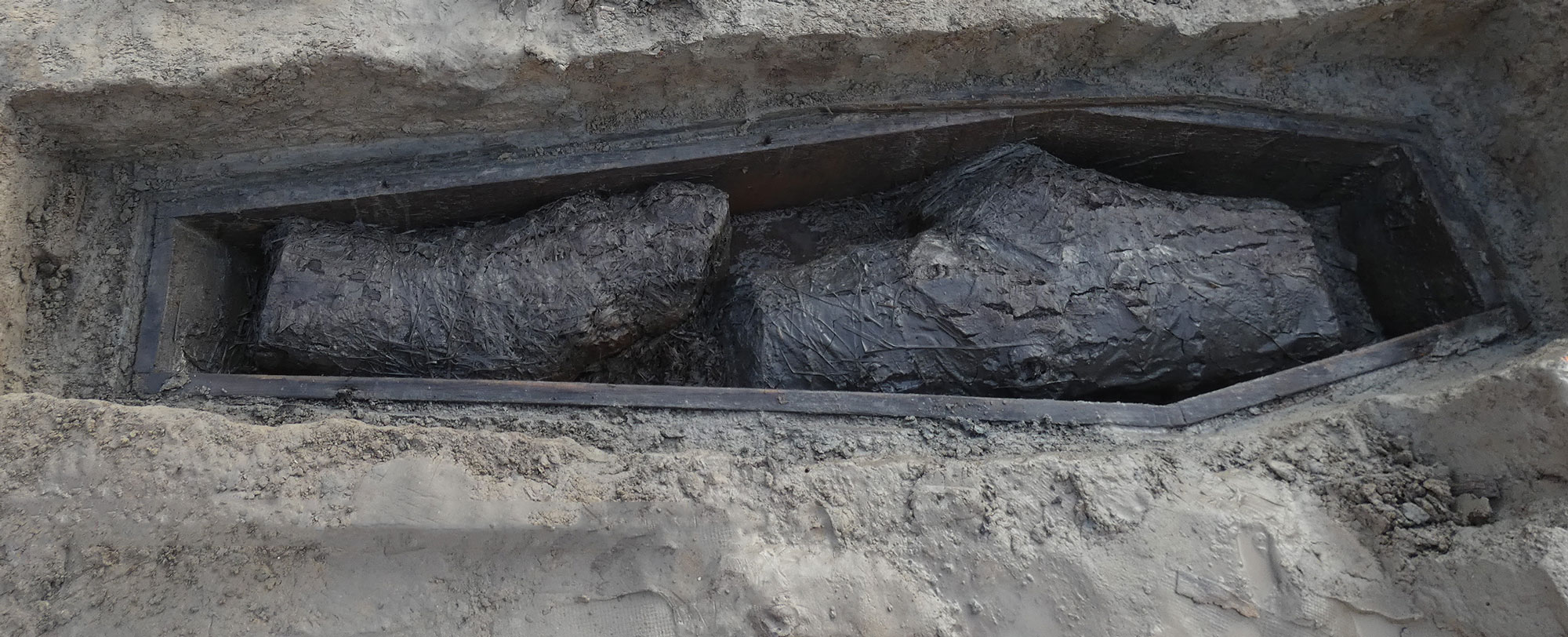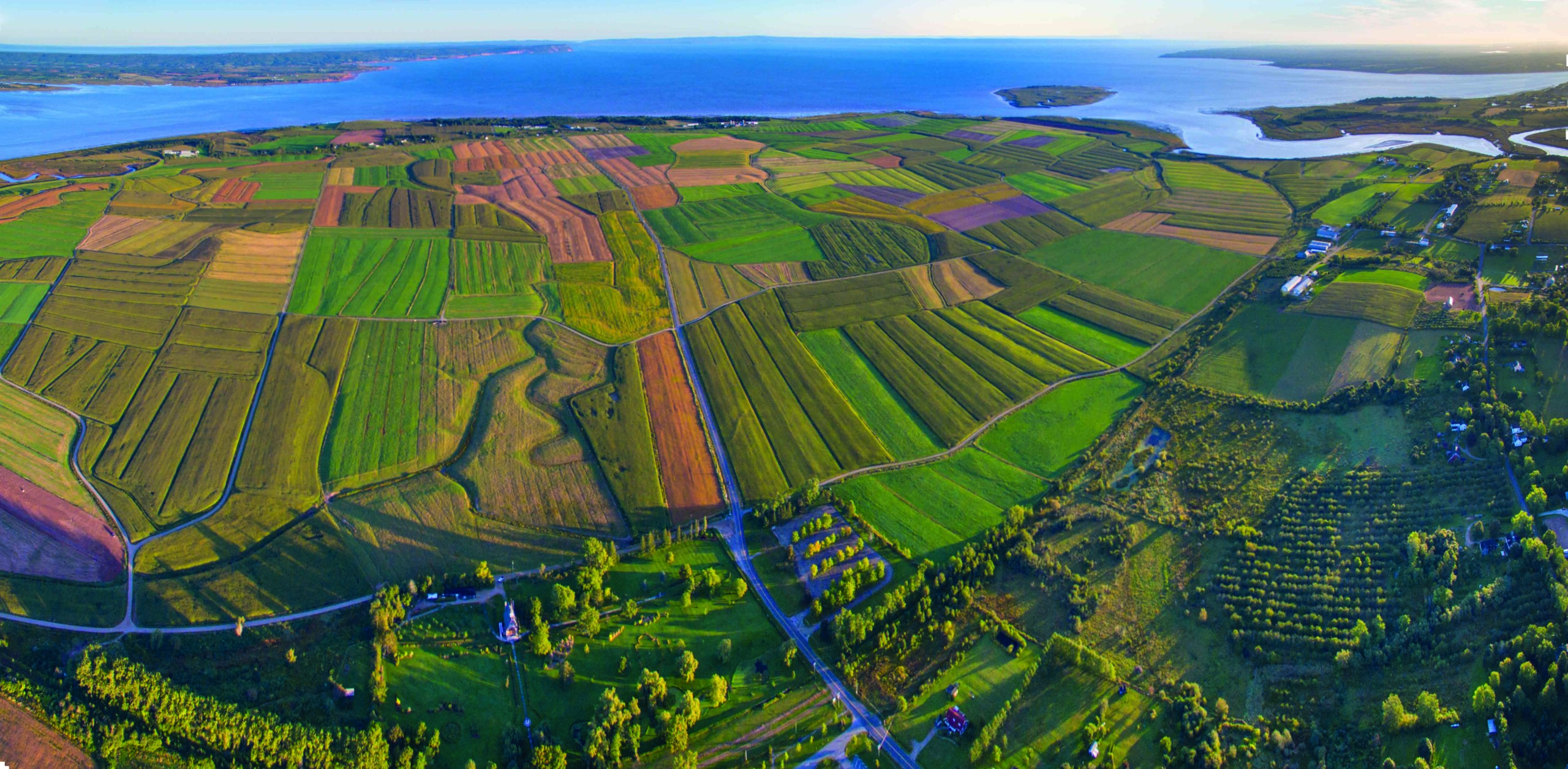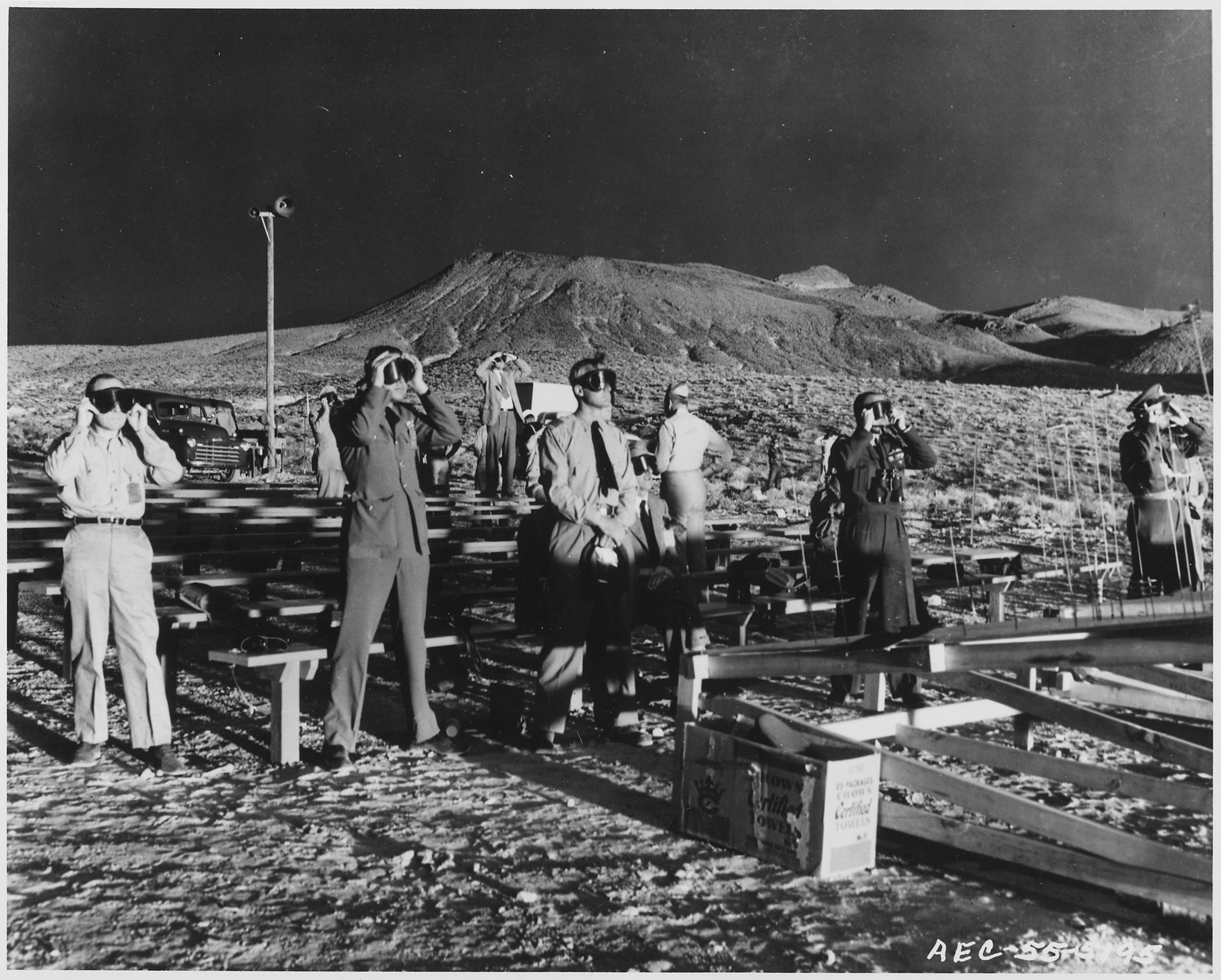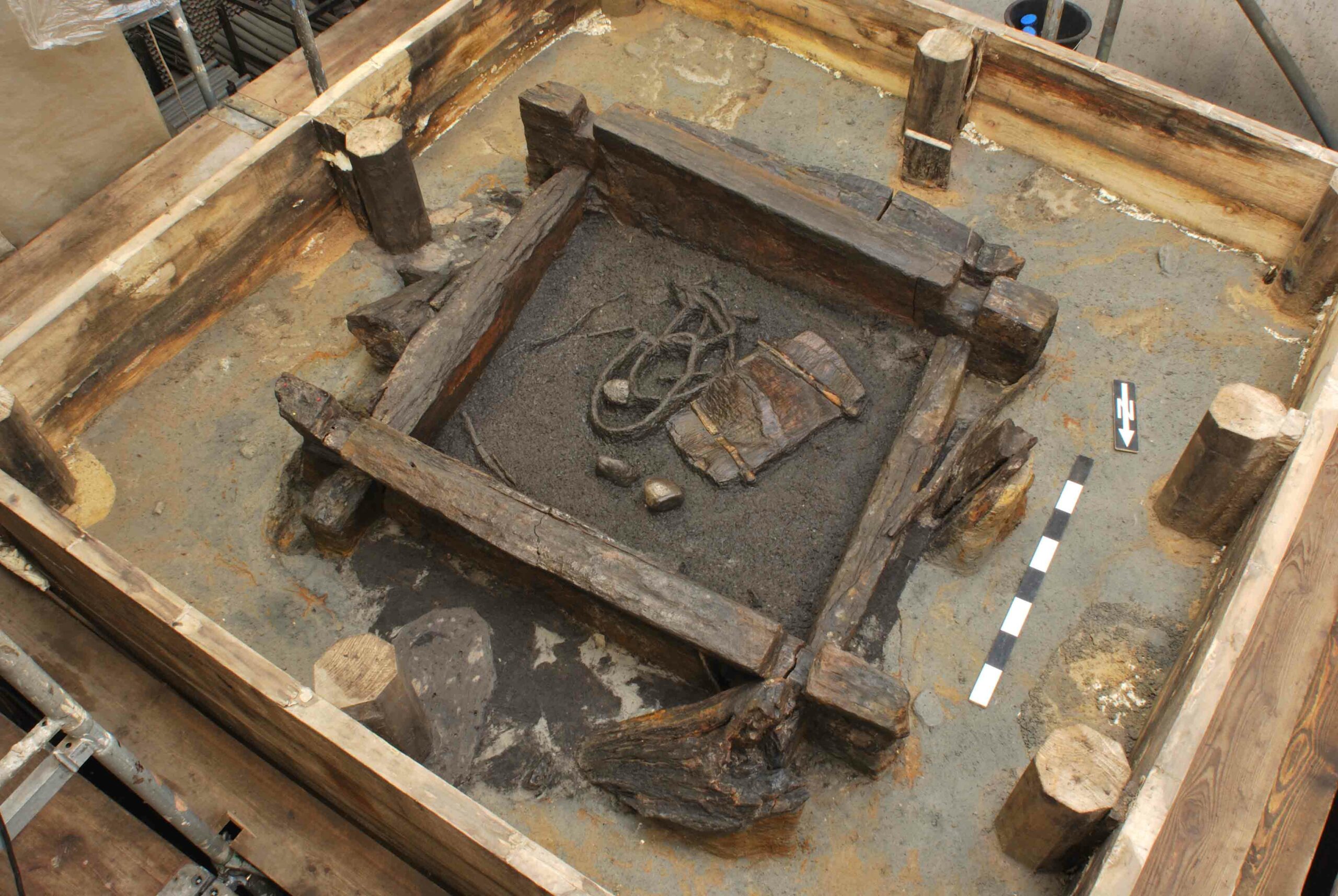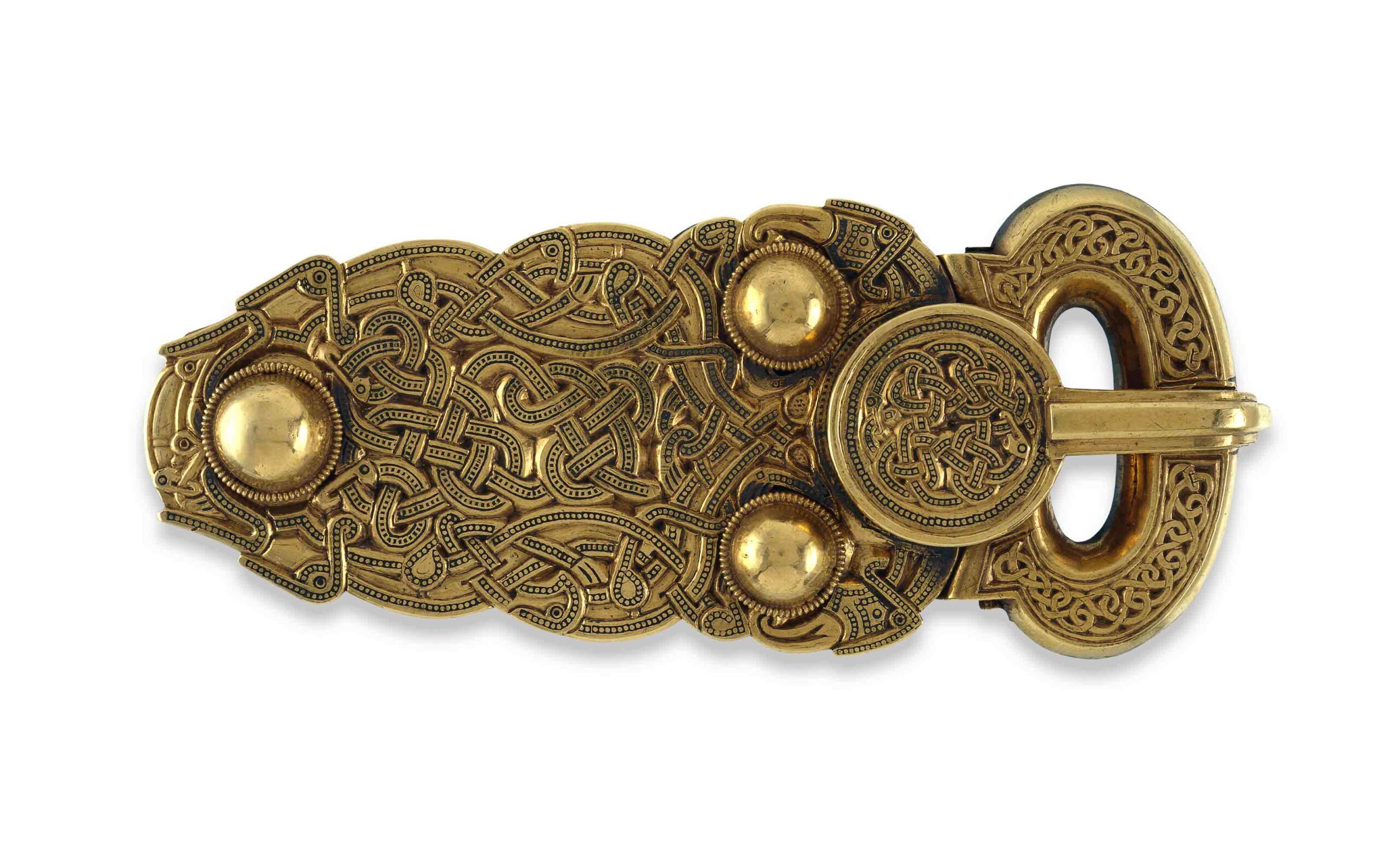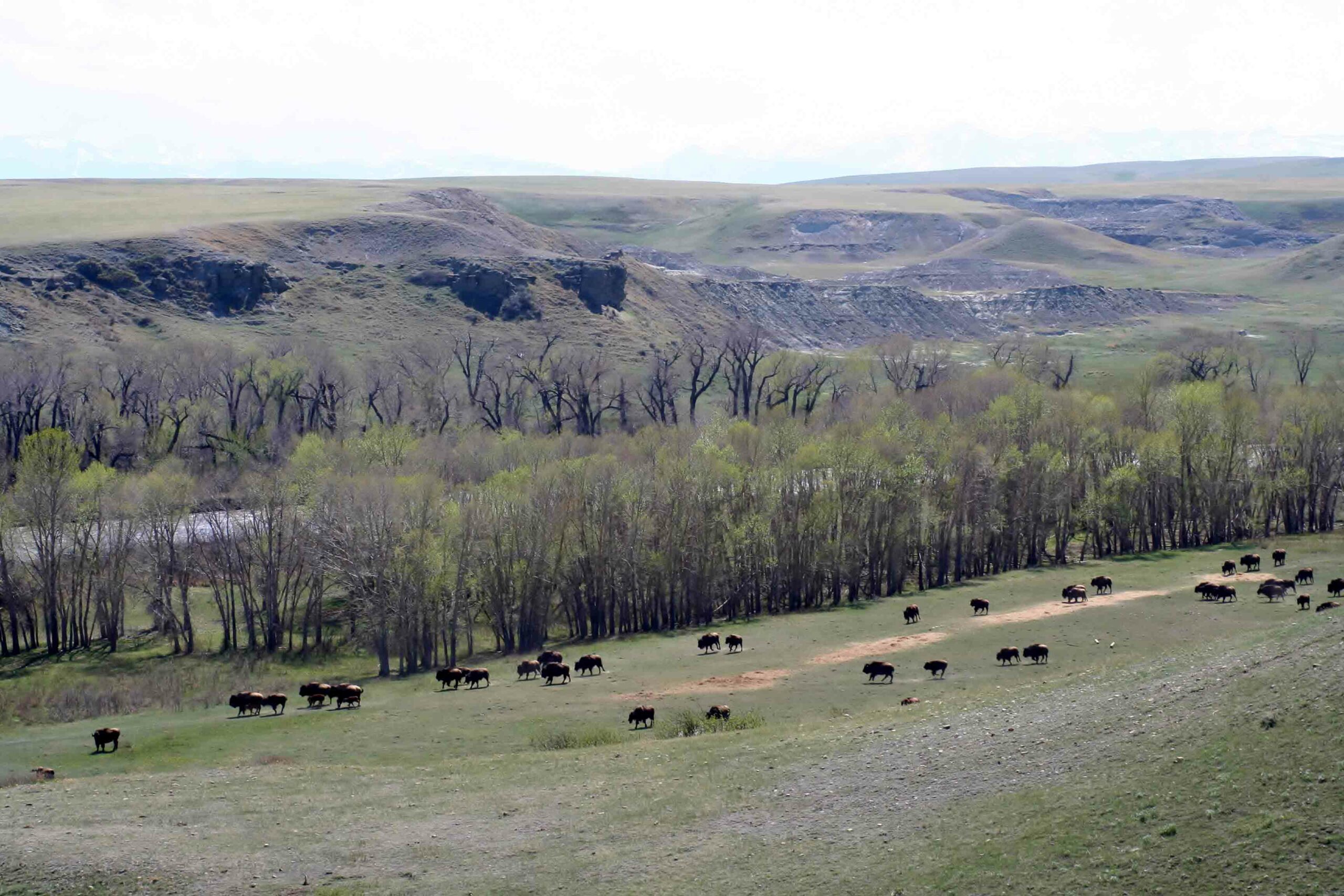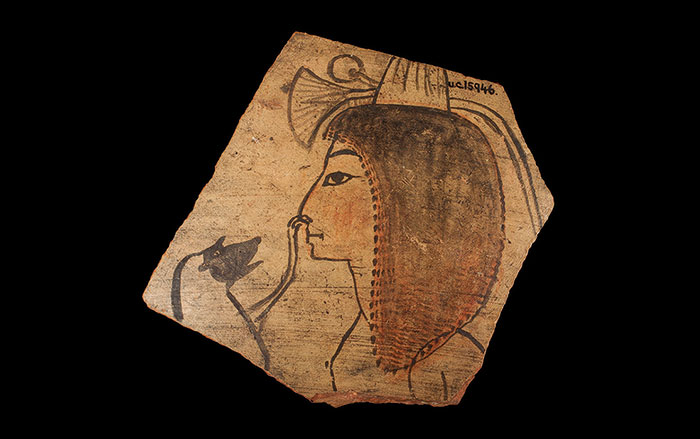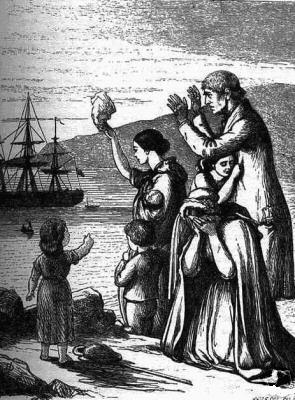
MONTREAL, CANADA—Human bones eroded and recovered from a beach on Quebec’s Gaspé Peninsula have been described as three European children suffering from malnutrition. Parks Canada archaeologists think the children may have died in the 1847 wreck of the Carricks, a ship carrying immigrants fleeing the famine in Ireland. An estimated 100 bodies washed ashore after the ship sank in a violent storm and were buried in a mass grave thought to be located in the area where the bones were found. Two of the children were between the ages of seven and nine. The third child was between 11 or 12 years of age. One of the children suffered from rickets, a condition caused by vitamin D deficiency. Analysis of tooth enamel indicates that the children ate a plant-based diet in Europe. A button from the site has also been traced to nineteenth-century Europe. “They are witnesses to a tragic event. You can’t have a more tangible witness to tragedy than human remains,” Parks Canada archaeologist Pierre Cloutier told The Globe and Mail. To read about another discovery dating to the era of the Great Famine, see "Mass Graves Found at Irish Prison Site."



